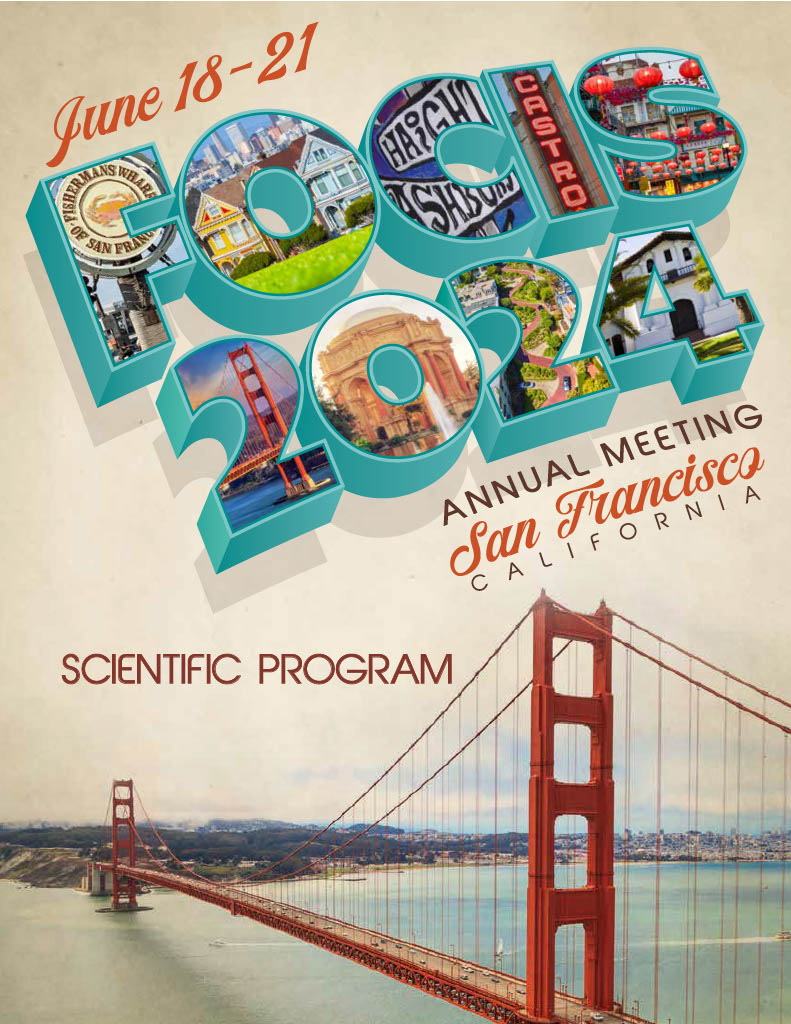Back
Infectious Diseases
Session: Immune Mechanisms
Modeling COVID-19 in a Humanized Mouse with Functional Human Neutrophils
Thursday, June 20, 2024
5:00 PM – 5:15 PM PT
- ES
Esen Sefik, PhD
Associate Research Scientist
Yale University
milford, Connecticut, United States
Presenting Author(s)
Abstract Text: The murine and human immune systems exhibit notable differences in proportions, activities, and mechanisms, particularly in the case of neutrophils—a crucial cell type influencing immunity and pathogenesis. Neutrophils play a vital role in defending against injury and infection by engaging in phagocytosis, releasing reactive oxygen species (ROS), antimicrobial peptides, proteases, and forming neutrophil extracellular traps (NETs). While these functions are conserved, significant species-specific differences can be observed in the maturation, migration, and function of neutrophils. Humanized mice bearing a functional human immune system generated by transplantation of human hematopoietic stem and progenitor cells into genetically modified mice serve as an invaluable tool to study the development and function of the human immune system in vivo. However, a major limitation of all current humanized mouse models has been absence of mature human neutrophils in circulation and tissues. To overcome this, we generated a new version of humanized mouse model named MICTRG6 (acronym for genes modified) in the C57Bl/6N strain that improves human myelopoiesis and enables development of functional human neutrophils. To establish a comprehensive humanized mouse COVID-19 model, the MICTRG6 model was further adapted using adeno-associated virus (AAV)-driven gene therapy to deliver human ACE2 to the lungs. This model faithfully replicates the human neutrophil response to SARS-CoV-2 infection. Human and mouse neutrophils utilize different effector mechanisms and dynamics in response to SARS-Cov-2 infection. These inter-species distinctions underscore the importance of tractable models supporting human immune cells and have significant implications for understanding pathologies, including hyper-inflammatory responses in chronic viral infections.

